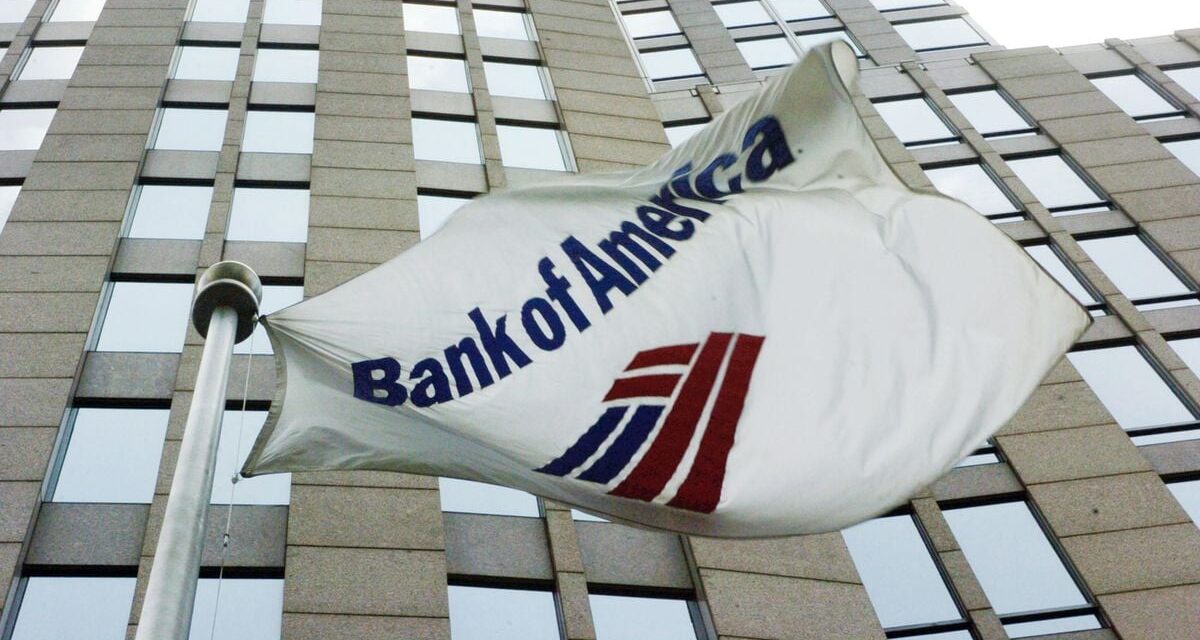A flag flies outside the Bank of America Corporate Center June 30, 2005 in downtown Charlotte, North Carolina. Davis Turner/Stringer via Getty Images
Lynne Marek|Source: www.paymentsdive.com, December 2022
Dive Brief:
- For six major credit card issuers — American Express, Bank of America, Capital One Financial, Citigroup, Discover Financial Services and JPMorgan Chase — October charge-off rates were higher than in September as well as October of 2021, according to a report last week from S&P Global Market Intelligence.
- Their average annualized net loss rate was 1.15% in October, up from 1.04% in September, and also higher than the 0.90% in October 2021, the report said. Still, this year’s October rate was about half of the 2.32% figure in February 2020, just before the COVID-19 pandemic began the following month. Federal government stimulus payments issued during the pandemic were aimed at aiding an economic recovery.
- “Bank executives said such a trend is expected as credit normalizes after stimulus aids wane and people come out of pandemic lockdowns,” S&P Global Market Intelligence said in a Monday web posting on the report.
Dive Insight:
The consumer behavior with respect to paying off credit card balances is worsening as U.S. macroeconomic trends become gloomier in the face of higher prices for goods and services, and the Federal Reserve’s interest rate increases aimed at tamping down inflation. Some economists have predicted a recession is likely.
With respect to the charge-off rate increases, Capital One posted the biggest jump in October versus last year, posting a 48 basis point rise, followed by Citigroup with a 32 basis point increase, the report said.
Bank of America had the highest charge-off rate at 1.37%, followed by Citigroup at 1.32%, while Amex had the lowest charge-off rate at 0.65%.
The banks and their customers could get some relief at least from rising interest rates based on Fed Chairman Jerome Powell’s public comments this week on the central bank’s interest rate strategy. He suggested the bank may soon begin to taper its increases.
Nonetheless, past delinquencies among the card issuers’ customers have also been on the rise, with the average 30-plus-days delinquency rate in October at 0.92% for the six issuers, up 12 basis points over last year, the S&P Global report said.
Capital One had the highest delinquency rate, 1.18%, followed by Discover, 1.17%, according to the report. On the other end of the spectrum, Amex had the lowest rate at 0.54%.
“Despite the backdrop of inflation and looming economic recession, all six major U.S. credit card issuers booked higher credit card portfolio yields in October, with an average of 22.86%, up 110 basis points from a year ago,” the report said.

